
Related
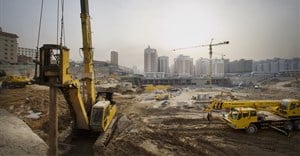
'Core' building sector index rises in 4Q2021
30 Nov 2021
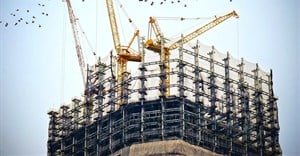

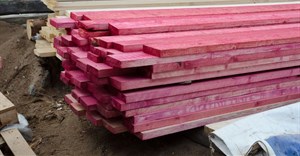
Building sector hopes confidence is no house of cards
Mark Allix 23 Mar 2018

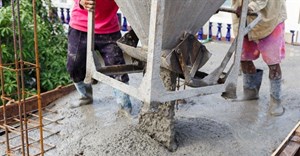
Outlook for building sector remains downbeat
21 Sep 2015
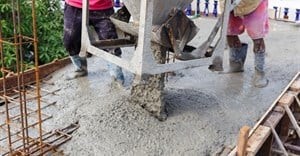

Out of six sectors covered by the FNB/BER building confidence survey, four showed increases in confidence (building contractors, architects, quantity surveyors and manufacturers of building materials) and two showed declines (building sub-contractors and retailers of building materials). A very encouraging change was the noticeable increase, albeit from a very low level, in the volume of work available to building contractors.
The composite index remained unchanged as some adverse developments countered the positive ones.
The confidence of residential building contractors increased from 20 in 1Q2011 to 24 in 2Q2011 and those of non-residential contractors from 11 to 16 (see attached charts). According to Bruggemans these relative small increases in confidence were accompanied by an encouraging underlying development. In 2Q2011, building activity increased relative to the previous quarter for the first time since the beginning of 2010. This is significant, as it follows five quarters of nearly no quarter-on-quarter increase in building activity.
The confidence of building sub-contractors fell unexpectedly from 36 to 23. The low confidence in 2Q2011 may turn out a passing phenomenon, as it hovered around 35 for more than a year and is at odds with the improvement in the volume of work relative to 1Q2011.
After a very tough year, things turned for the better for manufacturers of building materials such as cement, bricks and glass. Business confidence rebounded from 4 to 25 in 2Q2011 on the back of an impressive rise in domestic sales.
The confidence of architects remained low (improving from 26 previously to 29) whilst that of quantity surveyors rebounded (from 33 to 41). After recovering impressively throughout 2010, the demand for the services of both professions collapsed unexpectedly in 1Q2011. Usually such a development would signal difficult times for building contractors going forward, given the position of architects and quantity surveyors at the start of the production pipeline, particularly of non-residential buildings. However, long delays in the execution of plans in recent years had led to an "inventory overhang" and work will most likely only begin flowing more freely once some of this backlog is cleared as actual building picks up.
A deterioration in household finances (mainly due to higher increases in the costs of basic necessities such as food, electricity and petrol) and the 1Q2011 decline in consumer confidence hit retail sales of building materials. As a result, the confidence of building material merchants fell further from 28 to 3.
The drop in sales is not entirely surprising, as the recovery at the end of last year was predominantly driven by a small market made up of households and firms that could afford to finance renovations and upgrades out of their own pockets. As long as it remains hard to obtain bank loans for building projects, spending on building materials will most likely fluctuate with savings and consumer / business confidence.
For the first time in more than a year, actual building activity picked up in 2Q2011 relative to 1Q2011. However, conditions remained extremely tough. The level of activity is still lower compared to a year ago and profitability remained depressed as firms need to submit very competitive tenders to get contracts. Notwithstanding such unfavourable conditions, the fact remains that the volume of work available has increased, albeit from a very low level.
The sustainability of this improvement is uncertain. Hopefully it does not turn out a blip on the screen. Factors such as rising consumer and business confidence, increased income and easier bank lending standards could convert the many available plans to actual building starts.
The building confidence index can vary between zero (indicating an extreme lack of confidence) and 100 (indicating extreme confidence). It reveals the percentage of respondents that are satisfied with prevailing business conditions in six sectors, namely architects, quantity surveyors, building contractors, building sub-contractors (plumbers, electricians, carpenters and shop fitters), manufacturers of building materials (cement, bricks and glass) and retailers of building material and hardware.
In contrast to the RMB/BER BCI, which includes only building contractors, the FNB/BER building confidence index covers the whole pipeline, from planning (represented by the architects and quantity surveyors), renovation, additions, the informal sector (represented by building material merchants) and production (manufacturing of building materials) to the actual construction of buildings by main contractors and sub-contractors.
